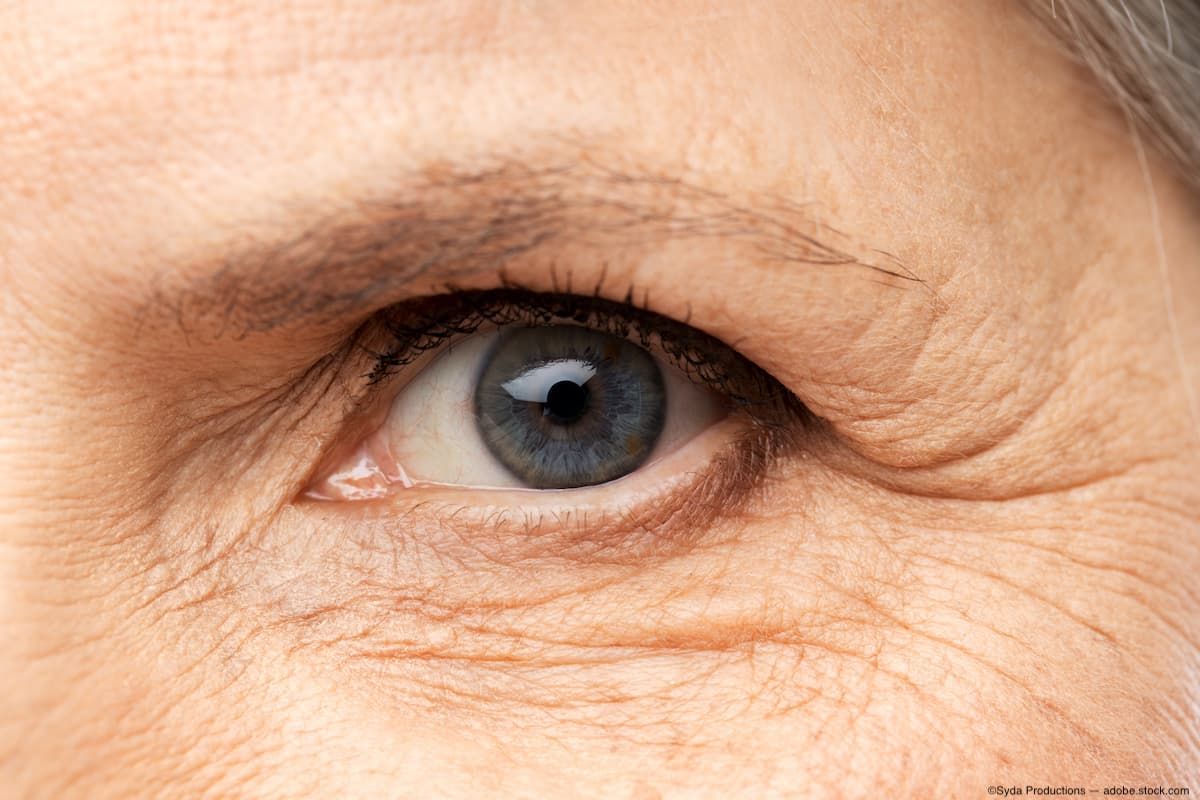Understanding the risks: 4 factors that may contribute to AMD
Research around the globe is working not only to develop treatments for AMD, but also to determine risk factors for the disease to help prevent future cases.
(Image credit: AdobeStock/Syda Productions)

Age-related macular degeneration (AMD) is only of the leading causes of vision loss around the globe. Researchers in many countries are hard at work to develop treatments to prevent further vision loss from AMD as well as identify risks for the condition. In determining risks, researchers hope to better prevent future cases of disease among those who would otherwise have healthy eyes.
1. The similarities of cancer and AMD
The investigators believe that AMD and cancer may have similar risk factors in common, thus suggesting that they have common pathogenic pathways. This comes from a study conducted by Junhee Park, MD, and associates , who reported a possible association between several cancers and AMD.
By analyzing 10 years of data from the Korean National Health Insurance Service database (2009-2019), researchers found The increased risks of renal and thyroid cancer among patients with AMD could indicate that AMD is associated with hypervascular cancer. Park noted that, “Further studies in which additional databases are used and the underlying detailed mechanisms evaluated are needed to validate our results.”
Read more on this research
2. Does light pollution increase risk for AMD?
Using artificial lights at night in urban and suburban areas provides a level of convenience and security to many residents. However, this illumination also contributes to the modern issue of light pollution, blocking our ability to see the stars in the night sky and presenting a health risks, including insomnia.
A study in South Korea has also shown that light pollution may increase the risk of AMD. The research team cited that artificial light at night has been widely acknowledged as having a damaging impact on the retina and optic nerve, including potential direct and indirect damage to ocular tissue. Participants living in urban areas made up 60% of the study, where the average levels of outdoor artificial light at night were 3 times higher than in urban areas. While light pollution may be a risk factor, other factors in this study could not be excluded.
3. Potential risk factor: Occupation in aviation
A study led by accord to first author Jae Yong Park, MD, from the Department of Ophthalmology, Aerospace Medical Center, Republic of Korea Air Force, Cheongju, Korea, found that the prevalence of AMD features in pilots in the Republic of Korea Air Force was higher than the general population studied. The analysis also found that the type of aircraft flown by the pilots was a risk factor, with fighter pilots having a higher risk than helicopter pilots. This research suggesting that flight time and aircraft type may be an occupational risk factor for AMD in aviators.
4. Smoking increases risk to eye health
Over the last several decades, it has become common knowledge that smoking increases health risks, including risk to ocular health and may lead to vision loss. As anti-smoking messaging continues to prevent new smokers from starting the habit and assist current smokers in quitting, the importance of highlighting the severe damage smoking can cause to the eyes is a focus.
Read more about how Moorfields Eye Hospital is getting the word out.
Newsletter
Keep your retina practice on the forefront—subscribe for expert analysis and emerging trends in retinal disease management.